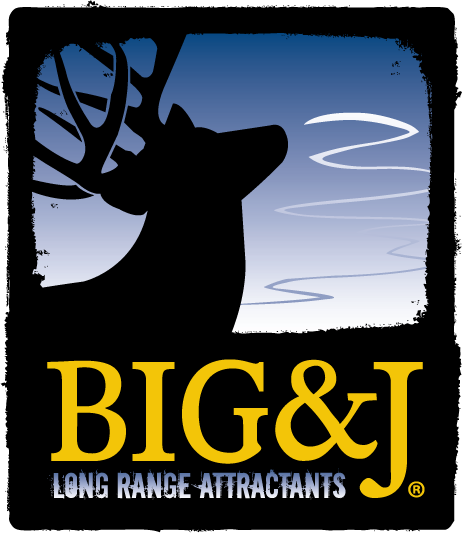Antlers are one of the fastest-growing tissues in all of nature. The process for whitetails is regulated by hormones controlled by the photoperiod, or length of the day. The primary hormones responsible for antler growth are testosterone and IGF (insulin-like growth factor). Biologically, fluctuating testosterone levels initiate the peeling off of the velvet and the casting off of the antlers, while IGF that is produced in the liver promotes actual antler growth. As the days grow longer from winter to spring to summer, a corresponding drop in melatonin production kick-starts the hormone cycle for antler growth. Without diving into too much biology, basically, a buck’s brain measures the length of the day by the amount of melatonin produced. In turn, this influences testosterone and IGF levels. This is why the bucks that are late in the velvet shedding process are usually yearling bucks and older bucks past their prime — they have lower levels of testosterone than prime-of-life bucks.

Antler growth begins with the pedicel, located on the frontal portion of the skull and which is the base from where antlers form. “Buttons” start to grow from the pedicels when bucks are about six months old. During the spring and summer growing season, the antlers are covered in a very fine, soft membrane we call velvet. Underneath this furry membrane, a rich supply of blood and nutrients flows through veins running on the outside of the antlers and back down to the base. During the growing stages, antlers are high in water and blood content and low in dry matter. The dry matter at this stage is around 80 percent protein and 20 percent phosphorous (P) and calcium (Ca.) Once hardened, antlers are about 60 percent P and Ca and 40 percent protein.
When in velvet, antlers are very vulnerable. Bucks are intuitively aware of this and are very careful during the growth process. This is one reason it’s common to see bucks out in the open when they are in velvet. Injuries to the velvet can result in abnormal points or, at times, complete deformation. As a side note, leg and pedicel injuries can also lead to deformed antlers. Injuries on the rear legs affect the opposite side antler, where front leg or shoulder injuries will affect the same side. Research shows this oddity may be from the buck’s ability to pull or redirect nutrients for healing the injured leg. Also, injuries to the pedicel can happen from buck fights during the rut, which can cause part of the pedicel to shed with the antler. If these injuries are bad enough, they can sometimes affect antler growth for several years.
Following the summer solstice (June 20 in 2020), days start getting shorter, and testosterone levels in bucks begin to rise. This slows the antler growth cycle, which begins the process of hardening of the antlers. Bucks now grow what we call the “burr” at the base of the antler. The burr cuts off the blood supply to the velvet. In less than a day, the drying velvet is rubbed off on trees and bushes, leaving the buck with a blood-stained rack he will continue to polish for several days.

Rarely does a buck not shed his antlers, instead of keeping velvet-covered antlers that continually grow throughout the year. This is known as cryptorchidism, and these bucks are often called “cactus bucks.” Cryptorchidism is the result of an injury or castration of the testes, which alters testosterone levels. The age at which the injury occurs will determine the severity of antler deformation or interruption in the normal antler cycle. An older buck that has a testes injury or castration while in hard antler will likely shed its antlers early due to the sharp decrease in testosterone production. The following season, the buck may grow a rack that is permanent and stays velvet-covered and growing.
For most of us, deer hunting is a way to reconnect with Mother Nature, a time to escape the pressures of the go-go world in which we live while providing the finest organic protein on earth to our families. Yet, like ancient man, the modern deer hunter also reveres exceptional antlers. Because they are rare, they take our breath away and leave us in awe.

